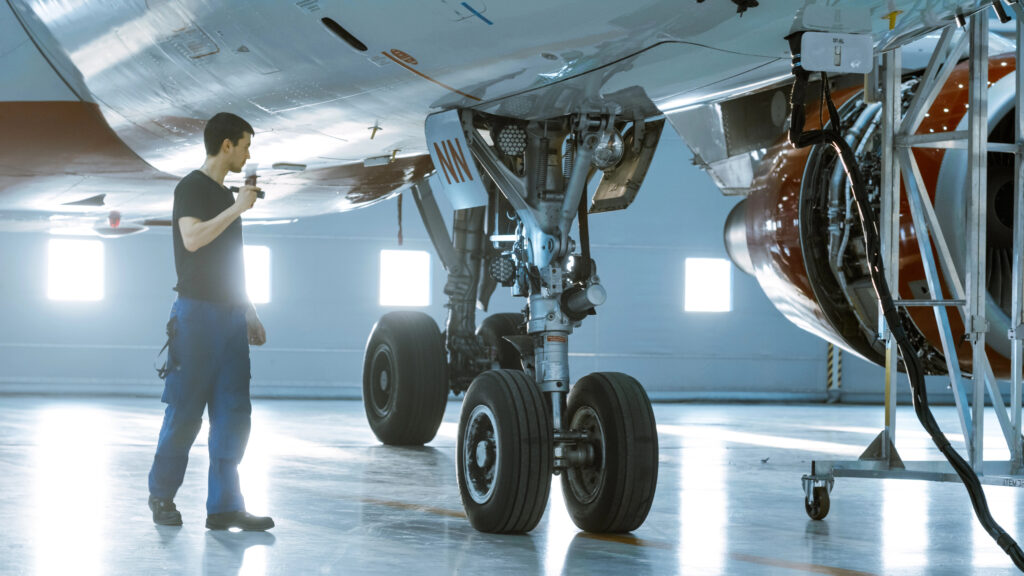Credential Portability: The Future of Global Licensing Reform
A System Built for Borders, Not for Aviation
Aviation is one of the most international industries in the world. Fleets cross borders daily, maintenance operations span continents, and supply chains stretch across multiple jurisdictions. Yet the certification system that governs the technical workforce remains fragmented and slow to adapt to modern operational demands.
From FAA to EASA, UKCAA to DGCA, licensing remains a patchwork, not a passport. Engineers who are qualified to the highest standards in one jurisdiction face months of retraining, re-examination, and background checks before being recognised elsewhere. For a global industry under workforce strain, this system no longer reflects operational reality.
According to IATA, licensing and mobility issues account for up to 15% of MRO project delays in cross-regional operations. In an environment where aircraft utilisation is rising and technician availability is falling, this friction has become more than an inconvenience. It is a structural risk to aviation’s resilience.
Credential Portability as Supply Chain Resilience
Traditionally, licensing is viewed as an administrative process. Today it must be understood as a critical node in the aviation supply chain.
Just as parts shortages ground aircraft and delay schedules, so too do credential choke points. When engineers are trapped in certification queues or background verification bottlenecks, maintenance pipelines stall, turnaround times lengthen, and operational costs escalate. These delays reduce predictability, complicate planning, and add layers of cost for operators who are already managing narrow margins.
Consider the scale of major fleet maintenance programmes, where hundreds of engineers may need to be deployed across multiple bases at once. If those technicians are held up in administrative queues for licensing recognition or delayed validation of their credentials, the impact quickly compounds. Aircraft can sit grounded, schedules unravel, and operators incur avoidable costs while waiting for paperwork to clear. In this sense, the speed of credential recognition is not just a bureaucratic detail. It is a decisive factor in how quickly aviation can recover capacity, protect margins, and sustain operational tempo.
The Broader Economic Consequences
Credential friction does not only impact MRO providers and airlines. It ripples through the broader aviation economy. Extended downtime means lost passenger revenue, disrupted cargo schedules, and higher leasing costs for replacement capacity. For regions trying to attract new hubs and grow their aviation sectors, slow licensing systems can act as hidden barriers to growth. In this sense, credential portability is not just an operational matter but an economic competitiveness issue.
What Reform Could Look Like
Several models offer promise for improving licensing recognition:
- Bilateral Agreements: Restoring mutual recognition between major regulators such as EASA and UKCAA would immediately ease bottlenecks in Europe.
- ICAO-Led Harmonisation: International standards bodies are well-placed to promote frameworks that reduce duplication and streamline cross-border approvals.
- Digital Credentialing: Secure, tamper-proof platforms could accelerate verification of licenses, training records, and compliance history.
- Trusted Technician Schemes: Pre-cleared pools of engineers could be mobilised quickly into priority projects, much like pre-approved supplier rosters.
Each of these models presents an incremental step toward a more portable system. Together, they could unlock significant efficiency gains while preserving regulatory oversight.
Barriers to Progress
Reform is not straightforward. Regulatory sovereignty remains a barrier, with authorities reluctant to cede control over credentialing. Training standards differ across regions, and background checks vary widely in scope and stringency. Security concerns also weigh heavily in an age of heightened geopolitical tension.
These obstacles are real, but they cannot justify inaction. As aircraft fleets expand, labour shortages deepen, and operational tempo increases, the inefficiencies of the current system will only grow more costly. Every year of delay in reform represents more stranded capacity and higher barriers to workforce mobility.
A Vision for the Future: The Global Engineer Passport
The industry should be bold in its ambition. One potential framework is a Global Engineer Passport, a digitally verified credential recognised across jurisdictions. It would combine:
- Licensing and certification
- Training records and type approvals
- Background and security checks
Built on secure verification technology, such a passport would allow skilled engineers to cross borders as readily as aircraft themselves. It would not replace local regulation, but it would harmonise recognition and reduce duplication and delay.
The Global Engineer Passport could also become a tool for raising standards worldwide. By embedding mandatory training updates, recertification intervals, and compliance tracking, the passport would not only accelerate mobility but also enforce consistency across jurisdictions. Regulators could access real-time data, ensuring transparency and accountability while enabling operators to deploy talent more effectively.
Preparing for Change Today
Global reform will take time, but operators can take steps now:
- Prioritise recruitment of dual-certified engineers
- Support technicians in cross-training and upskilling
- Factor licensing lead-times into workforce planning
- Partner with networks that can mobilise pre-cleared expertise
These actions help organisations insulate themselves against current bottlenecks while also preparing for a future of greater credential portability. Operators that build resilience now will be better placed to seize opportunities when reform arrives.
The Role of Technology
Emerging technology can accelerate progress even within today’s constraints. Digital identity systems, secure verification platforms, and workforce mobility applications are already being piloted in other sectors. Aviation can adapt these tools to reduce administrative burden and improve trust between regulators. Blockchain-based credentialing, for example, could create tamper-proof records that are instantly verifiable across borders.
Artificial intelligence can also support licensing efficiency by automating parts of the verification process, flagging discrepancies, and ensuring compliance with local standards. Combining these innovations with regulatory reform would create a more agile and reliable system.
Conclusion: Aviation’s Human Supply Chain Must Evolve
Aircraft fleets are global. Supply chains are global. The technical workforce remains locked in national frameworks designed for another era. Without reform, these frameworks risk becoming bottlenecks that constrain aviation’s growth.
Credential portability is not simply an administrative issue. It is a readiness imperative. Reducing licensing friction will be as vital to aviation’s resilience as spare parts or digital tooling. For the next decade, the ability to mobilise talent quickly and compliantly will separate those who merely maintain capacity from those who create competitive advantage.
The most critical component of aviation’s supply chain is not mechanical, but human. Reforming credential portability is essential to ensuring that human capability can move as fluidly as the aircraft it maintains.



